Tag: Arlington VA
Wikipedia says: Arlington County is a county in the Commonwealth of Virginia, often referred to simply as Arlington or Arlington, Virginia. The county is situated in Northern Virginia on the southwestern bank of the Potomac River directly across from the District of Columbia, of which it was once a part, under the name Alexandria County. The county is coterminous with the U.S. Census Bureau’s census-designated place of Arlington. Arlington is considered to be the second-largest “principal city” of the Washington metropolitan area, although Arlington County does not have the legal designation of independent city or incorporated town under the Virginia Law.
…During the American Civil War, Virginia seceded from the Union as a result of a statewide referendum held on May 23, 1861; the voters from Alexandria County approved secession by a vote of 958–48. This vote indicates the degree to which its only town, Alexandria, was pro-secession and pro-Confederate. The rural county residents outside the city were Union loyalists and voted against secession.
Although Virginia was part of the Confederacy, the Confederacy did not control all of northern Virginia. In 1862, the United States Congress passed a law that some claimed had required that owners of property in those districts in which the “insurrection” existed were to pay their real estate taxes in person.
In 1864, during the war, the federal government confiscated the Abingdon estate, which was located on and near the present Ronald Reagan Washington National Airport, when its owner failed to pay the estate’s property tax in person because he was serving in the Confederate Army. The government then sold the property at auction, whereupon the purchaser leased the property to a third party.
After the war ended in 1865, the Abingdon estate’s heir, Alexander Hunter, started a legal action to recover the property. James A. Garfield, a Republican member of the United States House of Representatives who had been a brigadier general in the Union Army during the Civil War and who later became the 20th President of the United States, was an attorney on Hunter’s legal team. In 1870, the Supreme Court of the United States, in a precedential ruling, found that the government had illegally confiscated the property and ordered that it be returned to Hunter.
The property containing the home of Confederate General Robert E. Lee’s family at and around Arlington House was subjected to an appraisal of $26,810, on which a tax of $92.07 was assessed. However, Lee’s wife, Mary Anna Custis Lee, the owner of the property, did not pay this tax in person. As a result of the 1862 law, the Federal government confiscated the property and made it into a military cemetery.
After the war ended and after the death of his parents, George Washington Custis Lee, the Lees’ eldest son, initiated a legal action in an attempt to recover the property. In December 1882, the U.S. Supreme Court found that the federal government had illegally confiscated the property without due process and returned the property to Custis Lee while citing the Court’s earlier ruling in the Hunter case. In 1883, the U.S. Congress purchased the property from Lee for its fair market value of $150,000, whereupon the property became a military reservation and eventually Arlington National Cemetery. Although Arlington House is within the National Cemetery, the National Park Service presently administers the House and its grounds as a memorial to Robert E. Lee.
Confederate incursions from Falls Church, Minor’s Hill and Upton’s Hill—then securely in Confederate hands—occurred as far east as the present-day area of Ballston. On August 17, 1861, an armed force of 600 Confederate soldiers engaged the 23rd New York Infantry near that crossroads, killing one. Another large incursion on August 27 involved between 600 and 800 Confederate soldiers, which clashed with Union soldiers at Ball’s Crossroads, Hall’s Hill, and along the modern-day border between the City of Falls Church and Arlington. A number of soldiers on both sides were killed. However, the territory in present-day Arlington was never successfully captured by Confederate forces.
Showing 1–16 of 52 results
-
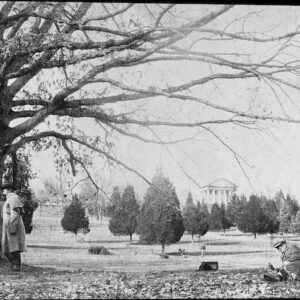
Image ID: AAFO
$3.99 -
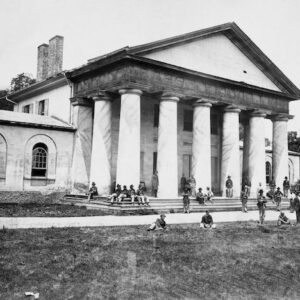
Image ID: AAHI
$6.99 -
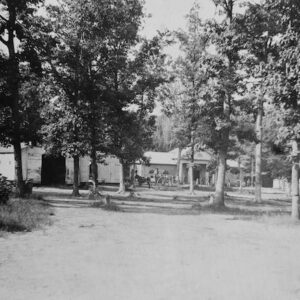
Image ID: AAHJ
$6.99 -
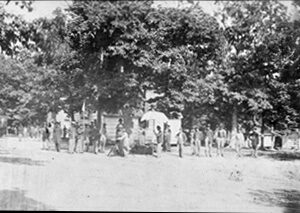
Image ID: AAHK
-
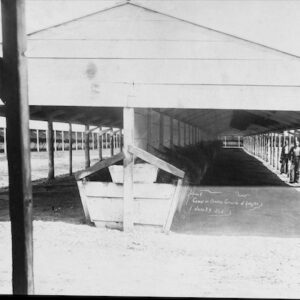
Image ID: AALV
$6.99 -
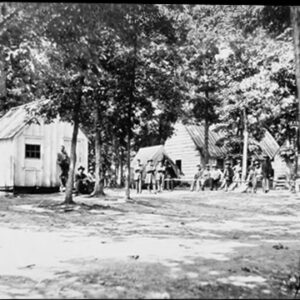
Image ID: AATE
$0.99 -
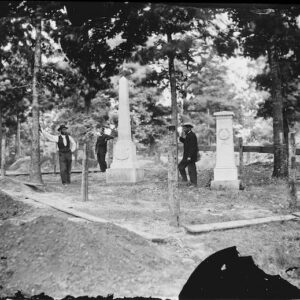
Image ID: AATG
$4.99 -
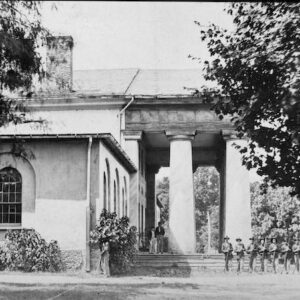
Image ID: ABCG
$6.99 -
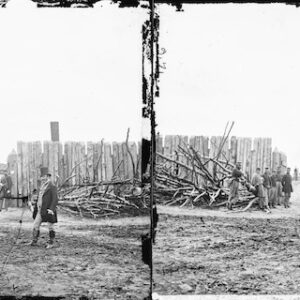
Image ID: ABSR
$6.99 -
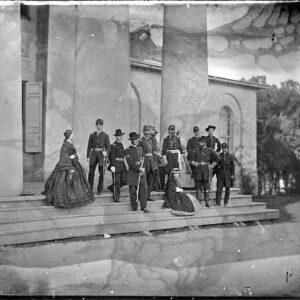
Image ID: ACOL
$4.99 -
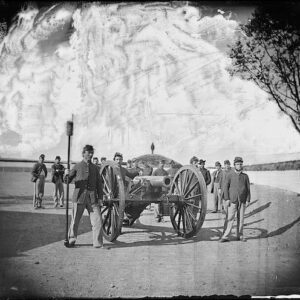
Image ID: ADTD
$4.99 – $6.99 -
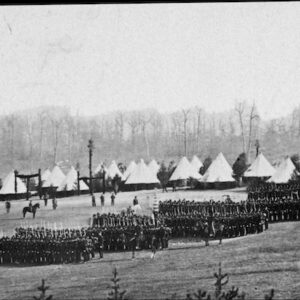
Image ID: AEJX
$3.99 -
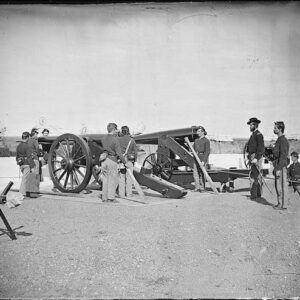
Image ID: AFKY
$4.99 – $6.99 -
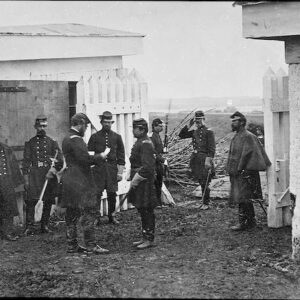
Image ID: AFNZ
$4.99 -
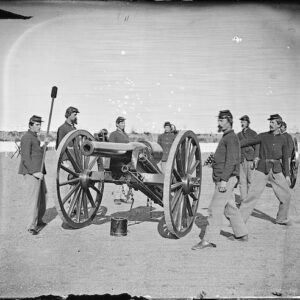
Image ID: AFYD
$4.99 – $6.99 -
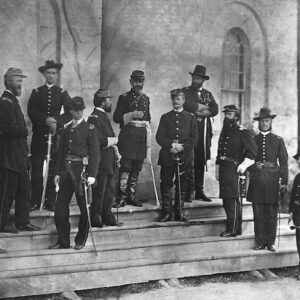
Image ID: AFYP
$4.99